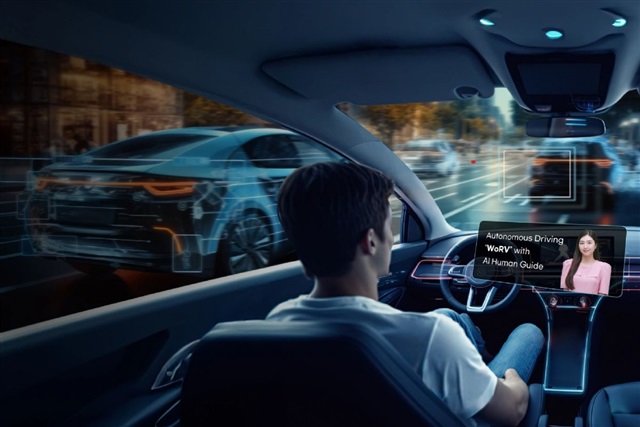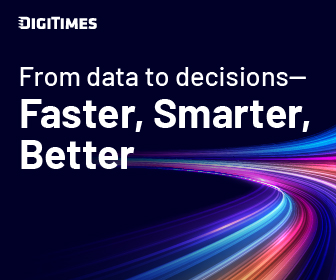South Korea's Ministry of Science and ICT allocated KRW42.6 billion (approx. US$31 million) for physical AI proof-of-concept projects through a supplementary budget, representing the largest portion of the government's 179.3 billion won AI sector funding boost.
The investment targets physical AI technology that integrates algorithms, robotics, semiconductors, and sensors into systems capable of real-time autonomous operation in industrial settings. Nvidia CEO Jensen Huang said at CES 2025 that physical AI represents the next frontier, with potential added value reaching US$50 trillion.
Industry observers see the technology as Korea's chance to compete after lagging in the large language model race dominated by US and Chinese companies. Physical AI requires integration of hardware and software components, where Korea maintains technological advantages in semiconductors, robotics, and manufacturing.
"Physical AI operates independently of networks or cloud computing, processing data locally and functioning autonomously," said a representative from Seoul-based startup Maum AI. The technology shows the fastest adoption in industrial safety, public security, agriculture, and defense applications.
Use cases include smart factory accident prevention, autonomous patrol robots for security monitoring, self-driving agricultural machinery to address labor shortages, and unmanned defense drones requiring cybersecurity and operational independence.
Korea faces development challenges, including insufficient standards frameworks, weak public testing infrastructure, and talent shortages in interdisciplinary fields combining robotics, AI, and semiconductors. The country also lacks access to high-quality open datasets, with many GitHub projects concealing core data.
US companies recruiting developers at US$500,000 annually add competitive pressure on Korea's industry, according to Jeong Hyun-jun, director of the AI and Robotics R&D Division at the Korea Institute of Robotics & Technology Convergence.
Success in physical AI will require coordinated policies and ecosystem integration between government, industry, and academia as the technology becomes foundational for solving real-world problems beyond generative AI's language applications.
Article edited by Jack Wu




